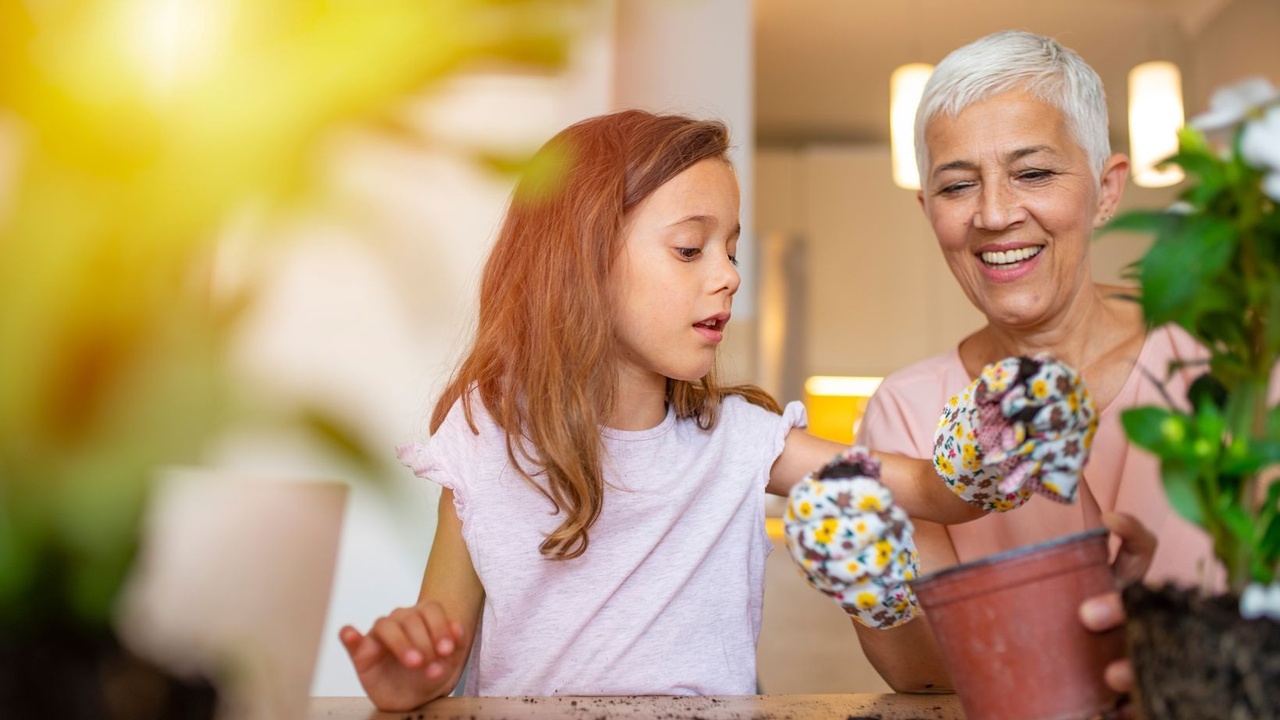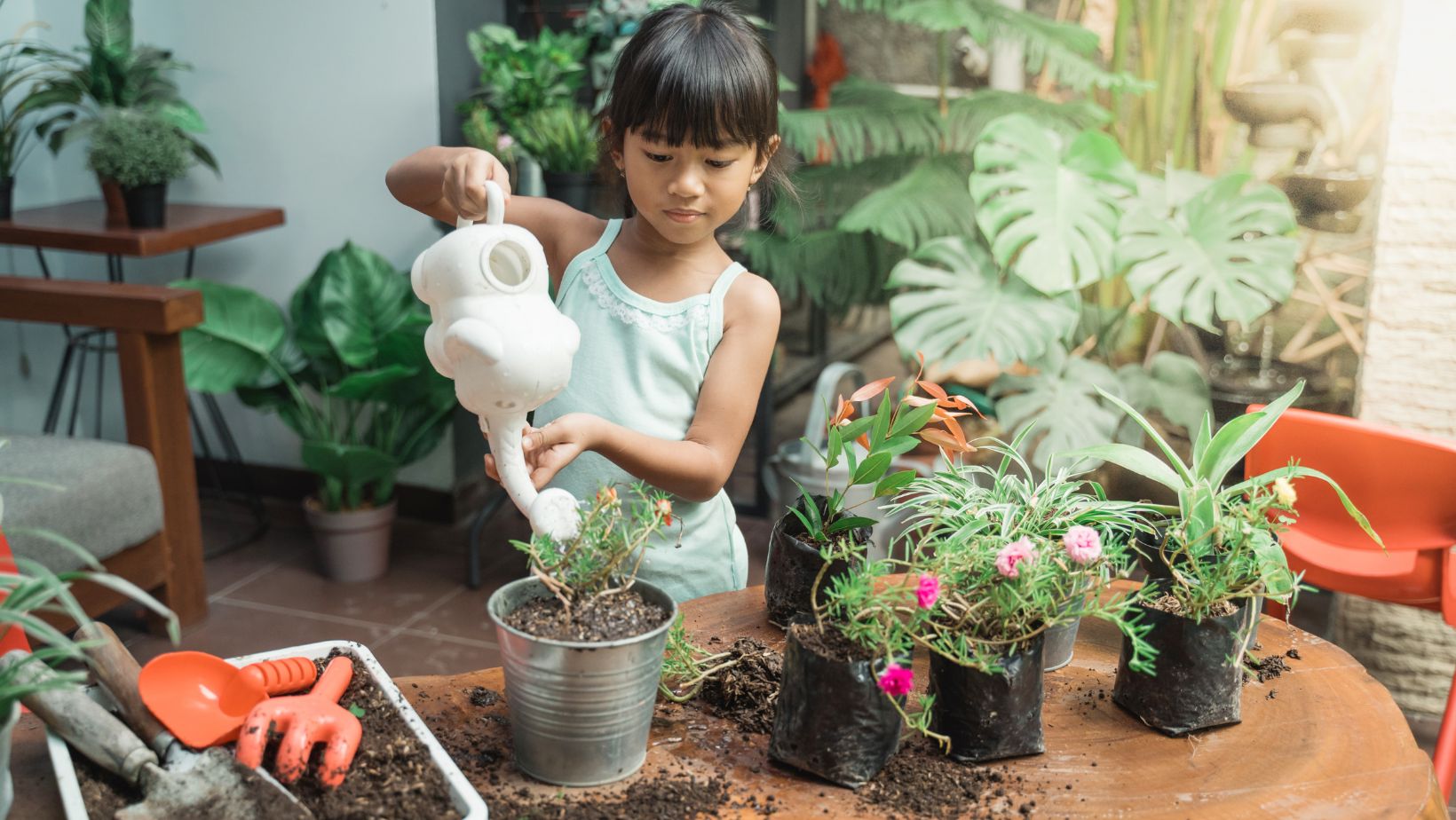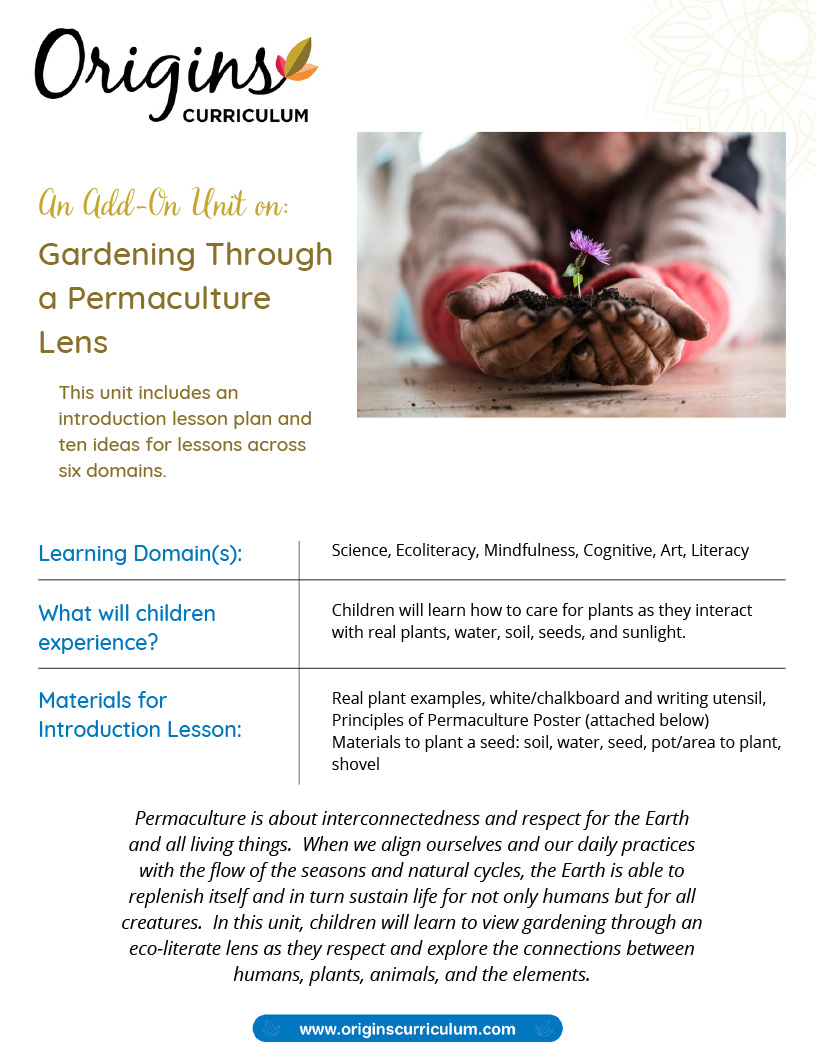Cultivating a Love of Gardening
Jun 22, 2022
Whether you live in the suburbs, the city, or on a farm gardening with children offers an opportunity to cultivate a love of nature and pride in growing something. The wonder and amazement of plants transforming from a tiny seed into a harvestable food source will stay with them for the rest of their lives. This offers a natural learning experience within Science and Ecoliteracy where they will learn how to care for plants with water, soil, seeds, and sunlight. They’ll explore soil differences and the importance of a healthy foundation, the natural plant cycles, and what plants grow best in different regions and seasons.

Some things to consider when starting your urban gardening journey is how you'll grow together. Starting with seeds will require some patience, although it offers us the whole plant cycle experience! Consider using recycled containers to plant seeds or seedlings inside that can decompose when transferred into bigger pots, bags, or dirt. This opens up a chance to explore permaculture as well! Permaculture integrates land, resources, people and the environment through mutually beneficial synergies to imitate the no-waste, closed loop systems seen in diverse natural systems.
Permaculture is about interconnectedness and respect for the Earth and all living things. When we align ourselves and our daily practices with the flow of the seasons and natural cycles, we can teach our children how the Earth is able to replenish itself and in turn sustain life for not only humans but for all creatures.

Origins currently offers a Conscious Lesson on Gardening Through a Permaculture Lens, where children learn to view gardening through an eco-literate lens as they respect and explore the connections between humans, plants, animals, and the elements.

Let's talk about the benefits of urban gardening with children…
It encourages children to eat healthier as they connect with the vegetables, herbs, fruits, and anything they grow. They develop a healthy sense of pride in growing, harvesting, cooking, or simply picking a tomato fresh off the vine to eat! Studies have found that students involved in hands-on school gardening programs, and children who have a consistent part in gardening at home, developed an increased snacking preference for fruits and vegetables.
It provides an engaging natural movement exercise while outdoors. Garden tasks such as digging, raking and turning compost use a variety of muscles in the upper and lower body.
It builds a sense of positive pride and growth mindset practice. Gardening opens up the importance of analyzing, developing a hypothesis, working through reasoning, planning, and using organizational skills. Where should the plant go if it needs full sun? In what seasons is there more sun? What vegetables and herbs grow well next to each other and why? And when a plant doesn't grow properly, that does not mean give up on it (and once a child puts effort into growing a seed it's hard to not be committed to its growth!). Learning from our gardening mistakes can create a growth mindset.
It relieves stress and heavy emotions. Gardening can become a very meditative practice between placing your hands in the grounding dirt, to watching the plants drink up water. There's a beautiful sensorial aspect to gardening, and it can be calming for the mind and body.
It positively impacts mood and wellbeing. Elements of gardening have the ability to trigger beneficial emotions in humans. When you see the colors of a flower, taste the sweetness of a fresh strawberry from the vine, smell the leaves of a basil plant it can produce powerful positive emotions and have both immediate and long-term effects on emotional reactions, mood and social behavior.

So how do you get started? There are so many ways! And all you need to get started is a window, a balcony, or a small space in the yard. You can begin with simply cutting the end of a green onion, celery, lettuce head, and/or carrot top off and placing it in water to see it's leaves slowly grow. You can transfer this into the dirt and keep watering it. Find seeds inside your favorite fruits and vegetables such as peppers and tomatoes, and plant those together in small pots, recycled jars, toilet paper rolls, milk jugs- you name it! Here's some Pinterest inspirations to get you started.
Think vertical, raised, potted and if you really don't have the space outdoors or weather is not permitting, some vegetation can be grown indoors, such as herbs, tomatoes, carrots and some citrus fruit.
Have children harvest the herbs and vegetables while you are making dinner or for a snack with friends, so they can understand the value of growing their own food, even if it’s a small amount. And enjoy the experience!

